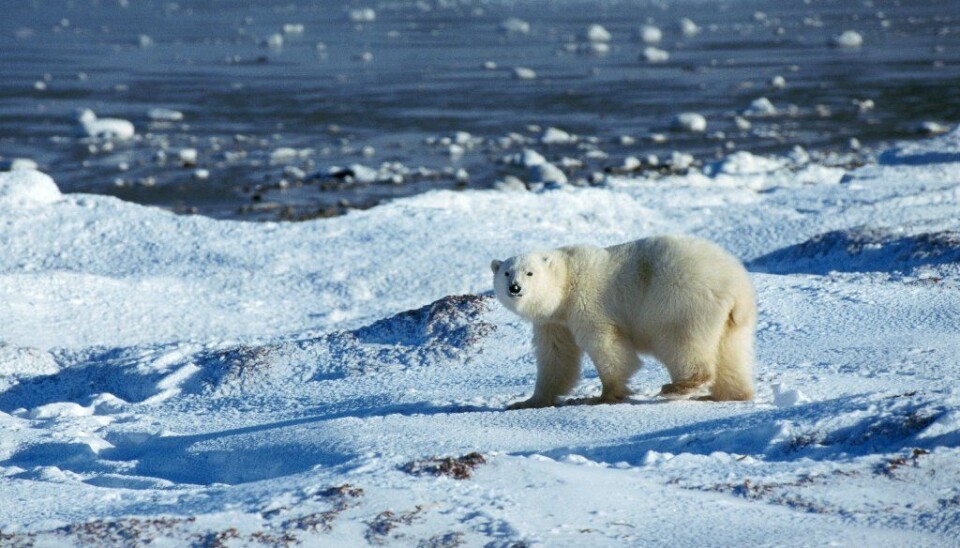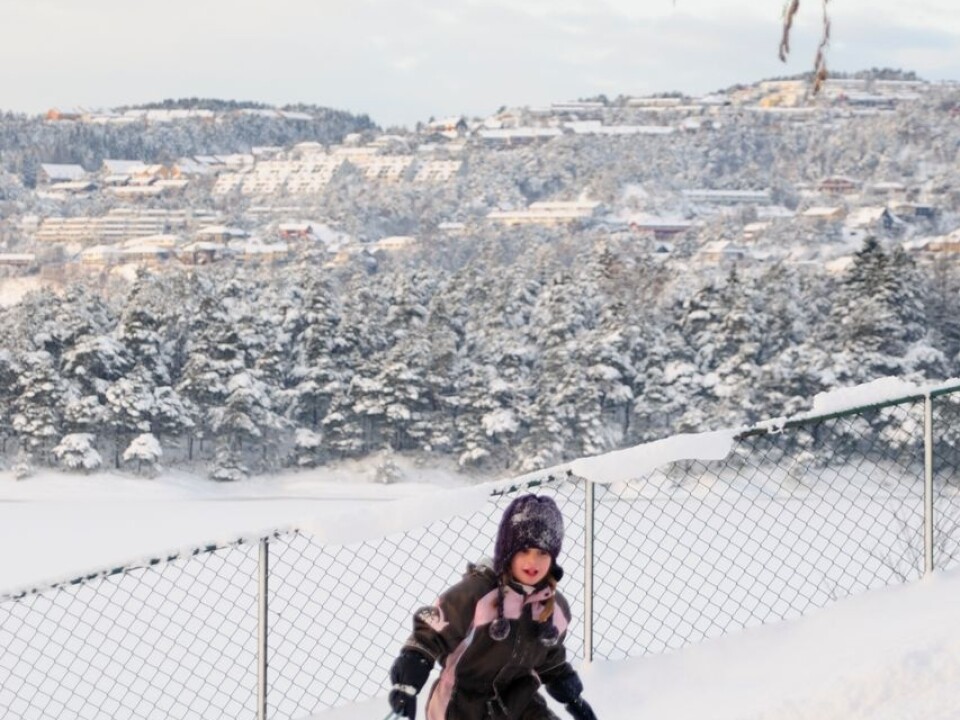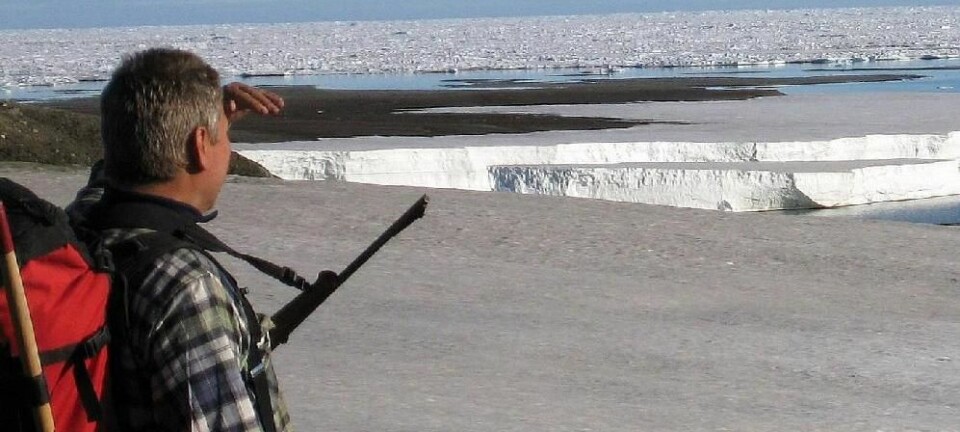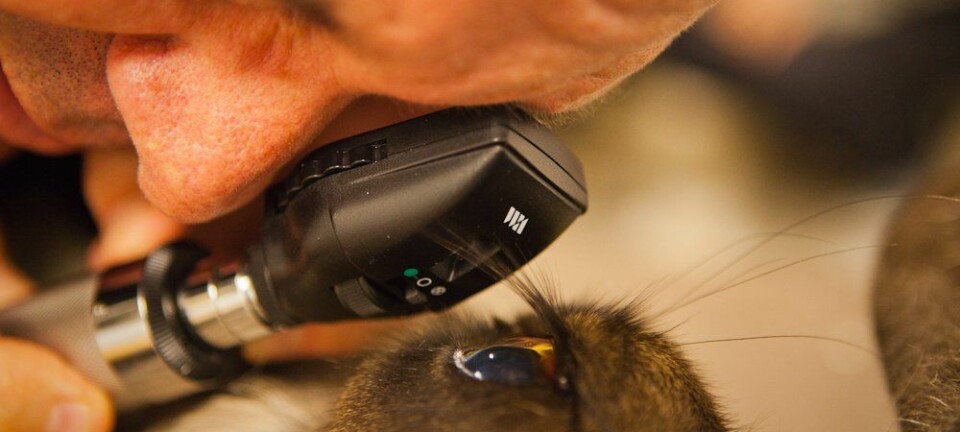An article from NordForsk

Colder Nordic winters due to icefree Arctic Ocean?
There has been less sea ice in the Arctic Ocean the autumn of 2011 than ever recorded before. Is there a link between ice-free waters in the Arctic and colder winters in the Nordic region?
Denne artikkelen er over ti år gammel og kan inneholde utdatert informasjon.
The last two winters in the Nordic countries and large parts of Europe were unusually cold. Since 2007 researchers have been observing dramatic changes in the extent of Arctic Ocean sea ice. A marine area 10 times the size of Norway’s landmass is now ice-free.
"There is now so much open sea into autumn, where once there was ice, that it completely alters the heat exchange with the atmosphere," explains glaciologist and climate researcher Olav Orheim, who participates in a committee within the Top-level Research Initiative that will make recommendations on how the Nordic region should follow up the International Polar Year (IPY).
Is this a direct result of diminishing ice cover in the Arctic Ocean? Is this a lasting climate change we are facing? Is it possible to reliably forecast seasons based on what we know about climate change?
Scientists are now developing models that could help to answer these questions.

Reliable seasonal forecasts?
A great deal of water is evaporating into the atmosphere, which has an effect on the development of high and low pressure systems over Siberia. This will result in drastic changes in temperature and climate, according to Orheim.
"In the Nordic region and down into Europe, we have seen more precipitation and much colder winters, the last couple of years in any case."
Good climate forecasts could play a role in a great many areas. The climate researcher points to one example: that good forecasts of precipitation could help to dimension streamflow and to protect ourselves from floods and slides. It is also conceivable that agriculture crops need to be converted.
If it turns out that these climate changes are permanent or semi-permanent, then being able to predict them would have enormous significance for the infrastructure and trade and industry of every country in the northern and middle latitudes.
"This is why we are so concerned with coordinating resources and research in the Nordic region and globally," says Orheim.
Climate adaptation is nothing new
There has been a strong focus on the issue of whether climate change is being caused by humans. What everyone can agree upon is that the concentration of atmospheric CO2 has increased and that this is leading to global warming. Climate researchers say that anthropogenic contributions to warming now surpass the natural fluctuations, but that both remain factors. Orheim says that an objective discussion about the significance of nature’s own variations is in progress.
So when will we begin to adapt society’s infrastructure in response to new climate prognoses?
"It will be many years before we can forecast seasons reliably enough for municipal engineers to use. However, adjustments are already being made continually, independent of prognostications and theories. Many places are introducing moratoriums on new construction near flood-prone rivers, for instance, and the Tromsø area bought more snow-clearing equipment to deal with its heavy snowfalls."
"So adapting to climate change is nothing new – people have always been doing it," says Orheim.
Continued focus
Russia and Canada are promoting intensified research activities on climate change, and it is likely that the Nordic region will also support the cause. The highly-populated countries of Europe are now interested in the links between ice conditions and climate change.
"Many forces are urging that a decision be taken there to launch a new large-scale climate initiative focused on the Arctic and northern area," says Orheim.
































